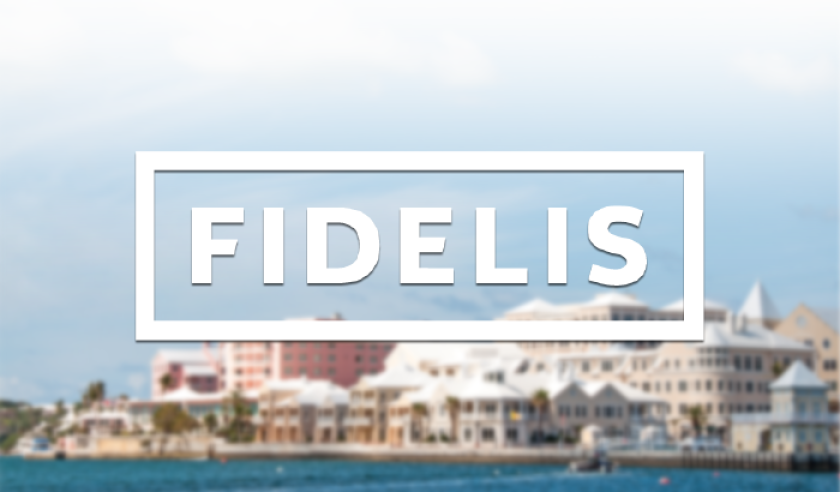Fidelis has launched its third fundraise in just over half a year in a move that could take total new 2020 capital towards the $1.5bn
Fidelis initiates third fundraise in just over six months


Fidelis has launched its third fundraise in just over half a year in a move that could take total new 2020 capital towards the $1.5bn